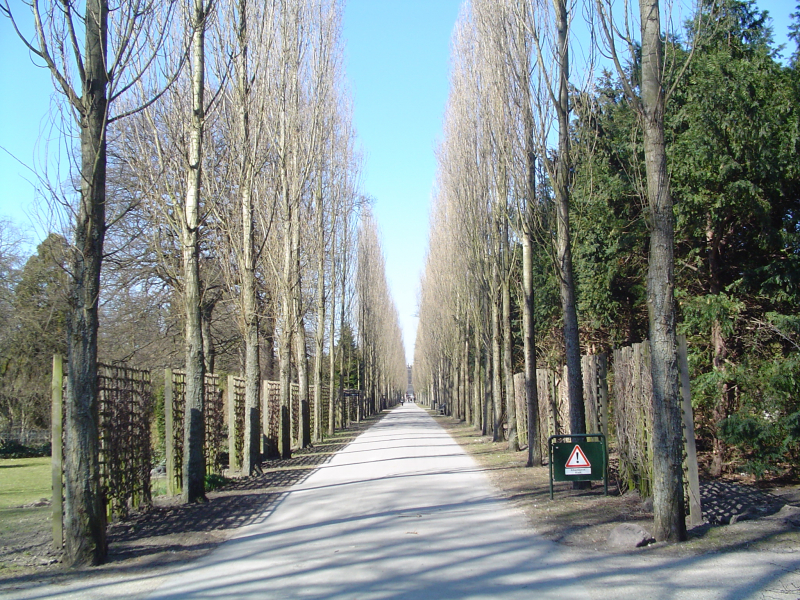Assistens Kirkegard
Assistens Kirkegard is a cemetery in Copenhagen, Denmark, that was created in the eighteenth century in response to a plague outbreak. Because Copenhagen's existing cemeteries were unable to meet the demand for burial plots, Assistens Kirkegard was established.
Plots at Assistens Kirkegard became fashionable in the second part of the eighteenth century, and it now houses the graves of many of Denmark's most notable personalities, including Hans Christian Andersen and Soren Kierkegaard. Assistens Kirkegard is also a park with numerous recreational facilities.
Assistens Kirkegard is Denmark's most well-known cemetery. A plague outbreak in 1711 killed over 23,000 residents and put existing burial places under strain. As a result, five new cemeteries were established. The situation deteriorated further in the 1750s, and Assistens Kirkegard was built in 1757 and inaugurated in 1760.
Originally a pauper's graveyard, it became a fashionable burial destination in 1785 after First Secretary of the War Chancellery Johan Samuel Augustin made requests to be interred there. It quickly became a popular excursion destination – so popular, in fact, that legislation was enacted prohibiting the consumption of food and drink, as well as the sale of it by on-site gravediggers.
Assistens Kirkegard is still a graveyard today, but it is also a popular tourist destination due to the large number of renowned persons buried there. It is also the most significant green space in the inner Nrrebro district.












